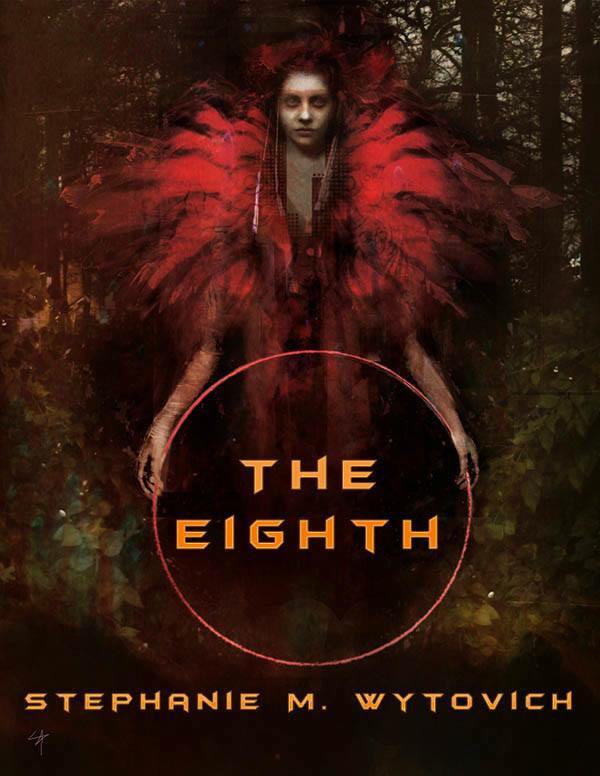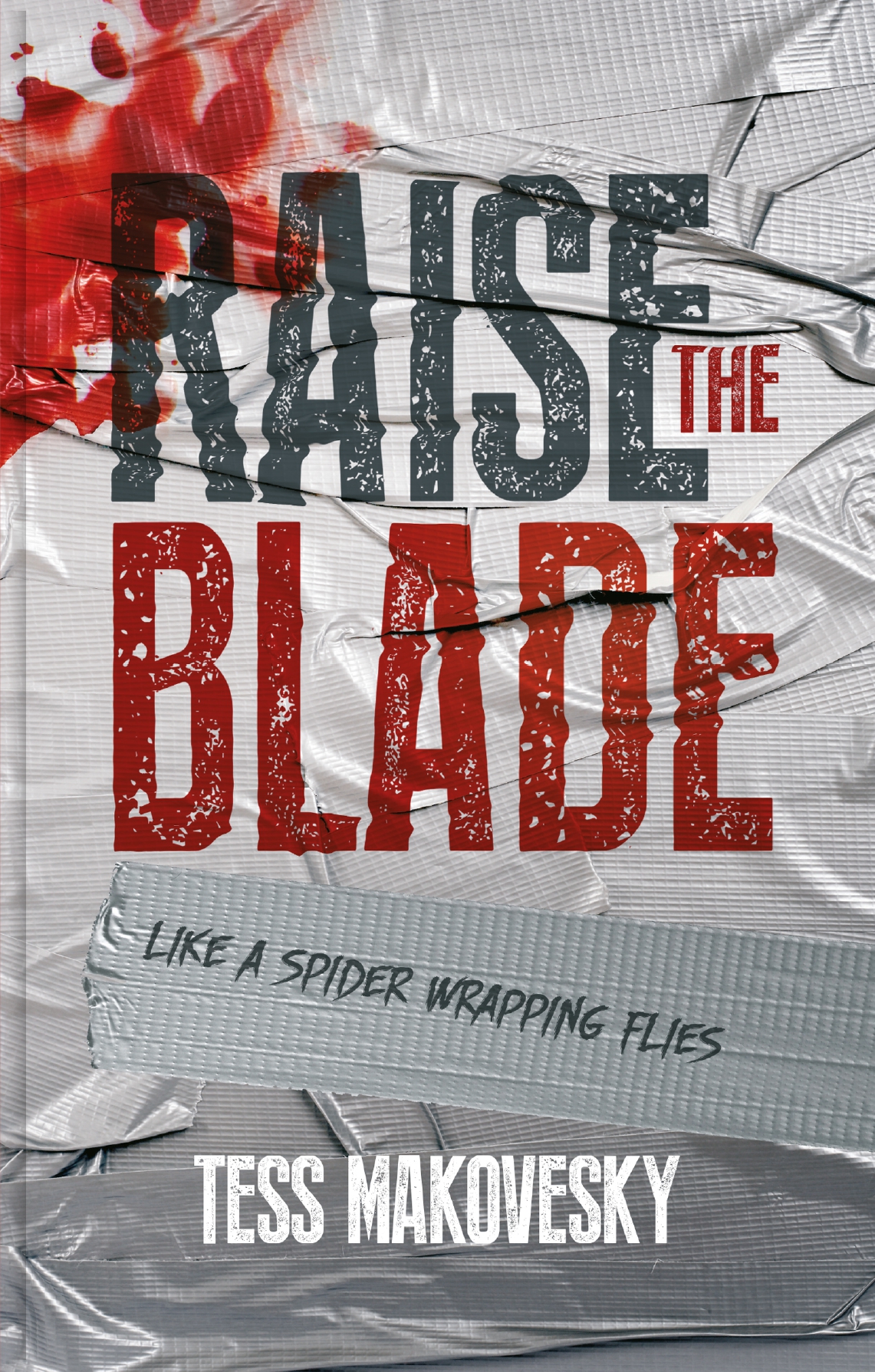This week on The Scariest Part, my guest is author Merry Jones, whose latest novel in the Elle Harrison Thriller series is Child’s Play. Here is the publisher’s description:
Since her husband’s murder two years earlier, life hasn’t been easy for Elle Harrison. Now, at the start of a new school year, the second grade teacher is determined to move on. She’s selling her house and delving into new experiences — like learning trapeze.
Just before the first day of school, Elle learns that a former student, Ty Evans, has been released from juvenile detention where he served time for killing his abusive father. Within days of his release, Elle’s school principal, who’d tormented Ty as a child, is brutally murdered. So is a teacher at the school. And Ty’s former girlfriend. All the victims have links to Ty.
Ty’s younger brother, Seth, is in Elle’s class. When Seth shows up at school beaten and bruised, Elle reports the abuse, and authorities remove Seth and his older sister, Katie, from their home. Is Ty the abuser?
Ty seeks Elle out, confiding that she’s the only adult he’s ever trusted. She tries to be open-minded, even wonders if he’s been wrongly condemned. But when she’s assaulted in the night, she suspects that Ty is her attacker. Is he a serial killer? Is she his next intended victim?
Before Elle discovers the truth, she’s caught in a deadly trap that challenges her deepest convictions about guilt and innocence, childhood and family. Pushed to her limits, she’s forced to face her fears and apply new skills in a deadly fight to survive.
And now, let’s hear what the scariest part was for Merry Jones:
Imagine that you’re talking with friends and suddenly realize that you’ve missed a chunk of conversation. That everyone is waiting for you to respond to a question you haven’t heard. Imagine the moment of panic as you try to cover up for your lapse. You tell yourself you must have been daydreaming.
No big deal, right? So let’s raise the stakes a bit.
Imagine that you’ve just accomplished something you find terrifying — maybe bungee jumping or parachuting from a plane — and you have absolutely no memory of having done it.
Bothersome? Unsettling? But never mind. You’re okay. And you must have done it; everyone around you is congratulating you. Maybe you figure you blocked out the memory because of fear.
Fine. But what if you wake up covered with blood and have no memory of how it got there or whose it is?
Or you find yourself standing over a colleague’s body, not knowing who killed her or even how you got there.
Disturbing, right? These grisly situations are the kinds that Elle Harrison, protagonist of Child’s Play, faces on an all too regular basis. The reason: Elle suffers from a dissociation disorder.
Having that disorder means that Elle involuntarily escapes from reality. She disconnects from thoughts, consciousness and memory, particularly when she’s under stress or enduring a traumatic experience — which would likely include finding herself covered with blood or standing over a colleague’s body.
This escape reaction isn’t one of convenience. Elle can’t control them. Faced with danger, fear or extreme tension, her mind might slip into an alternate state of reality. And to me, that involuntary slipping away — Elle’s condition of dissociation — is the scariest part of Child’s Play.
Oh, yes, the book has its serial killers, its mutilated bodies. But these have become fairly standard commodities in thrillers and suspense. Neither is particularly scary.
The possible pedophile? He’s revolting, but not terrifying.
Even the murderer released from juvenile detention evokes more sympathy than fear.
I admit that the sociopaths, yes, are scary. Very scary. They have no mercy, no compassion. To them, cruelty is an idle sport. I’m afraid of them.
But not nearly as much as I’m afraid of Elle’s internal, invisible, intangible, uncontrollable, unavoidable condition.
It might seem strange that she mentally checks out when things get dicey. But think about it. At a time of great stress or intensity, have you ever felt like you were “out of your body,” watching from afar, or somehow detached or numb? Have you ever forgotten details or lacked emotions about a traumatic experience?
According to the National Alliance on Mental Health, fully half of American adults have had or will have such experiences. They are common forms of dissociation and are called depersonalization or derealization events.
In its most extreme and uncommon form, dissociative disorders result in multiple personalities. But two per cent of the population, mostly women, develop depersonalization disorders similar to Elle’s.
Elle lives with the awareness that she will sometimes lose seconds or minutes, even hours of time. She is afraid that her condition will worsen, making her unable to teach or function independently or live a productive life. Her days are therefore tentative, her interactions uncertain. She is anxious, watchful, wary of her moods, careful of her emotions. Unsure of the difference between daydreaming and slipping away. Often, but not always, she is unable to recall the chunks of time surrounding particularly dramatic or traumatic events.
Elle surrounds herself with caring, sympathetic and supportive friends. Even so, like all of us, she’s essentially alone in her skin and her mind. As she faces an ongoing battle against a force within her own being, she is alone.
Imagine it. Minute by minute. Waiting for the next time you’ll slip away. Not sure what will set you off. Or when it will do so. Or how long it will last. Not trusting that you’ll function in your altered state, or that you’ll even survive it. Not sure that your impressions or memories of events are accurate. Not knowing what’s occurred while you were drifting. Not trusting your own perceptions, even your own mind.
To me, a condition like depersonalization disorder is far scarier than an external villain who can be captured, overcome, defeated, even killed. Serial killers? They aren’t to be trifled with, but they aren’t nearly as menacing and terrifying as an untouchable, elusive villain lurking in the protagonist’s own psyche. To me, that is the scariest part.
Merry Jones: Website / Facebook / Twitter / Goodreads
Child’s Play: Amazon / Barnes & Noble / Powell’s / IndieBound
Merry Jones is the author of twenty books of non-fiction (including Birthmothers), humor (including I Love Him, But…) and suspense (including the Elle Harrison, Harper Jennings and Zoe Hayes novels). Jones was a regular contributor to Glamour, and her work has been translated into seven languages, including Sanskrit. She taught college level writing for over a dozen years, and is a member of International Thriller Writers, the Authors Guild, Mystery Writers of America, and The Philadelphia Liars Club.





